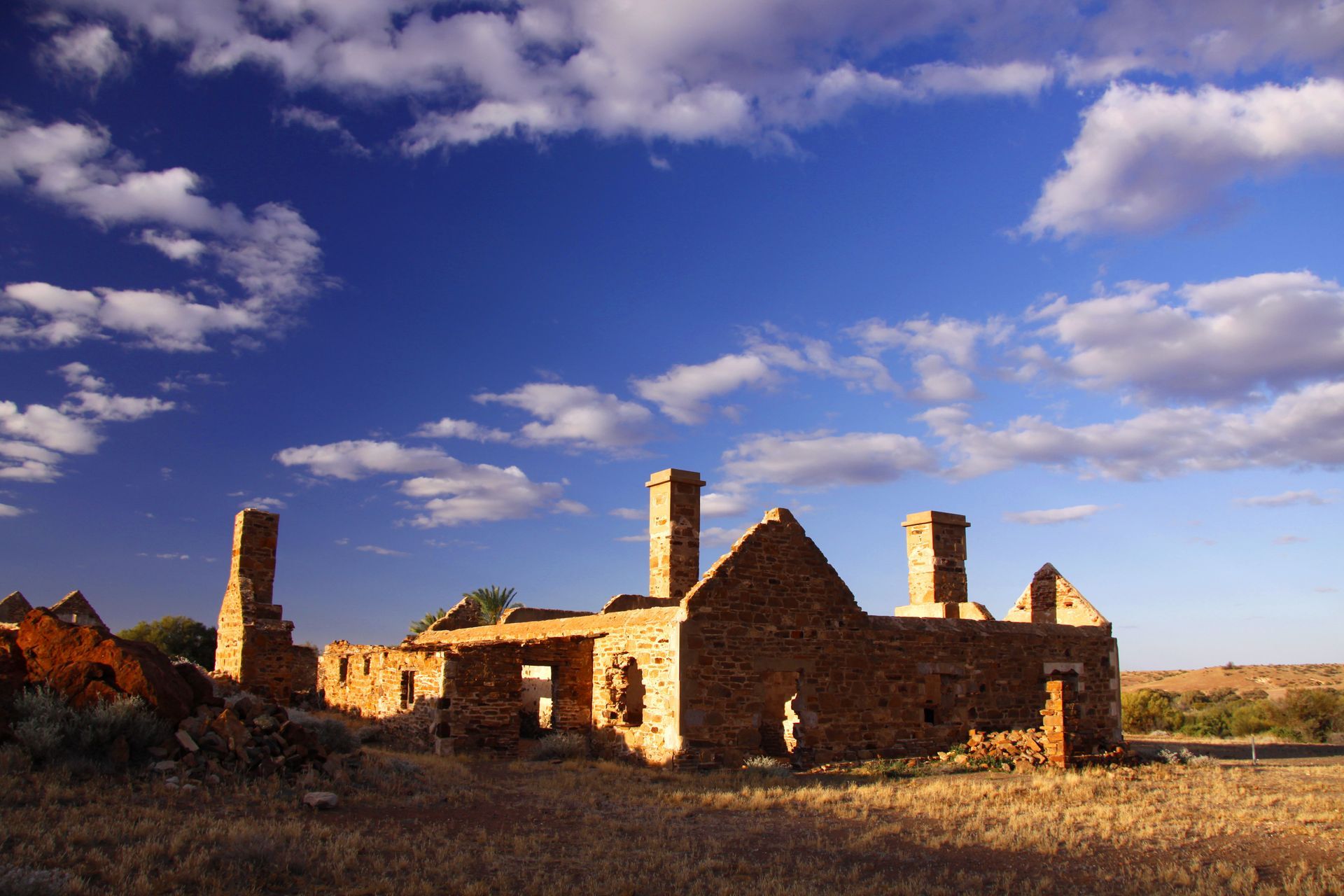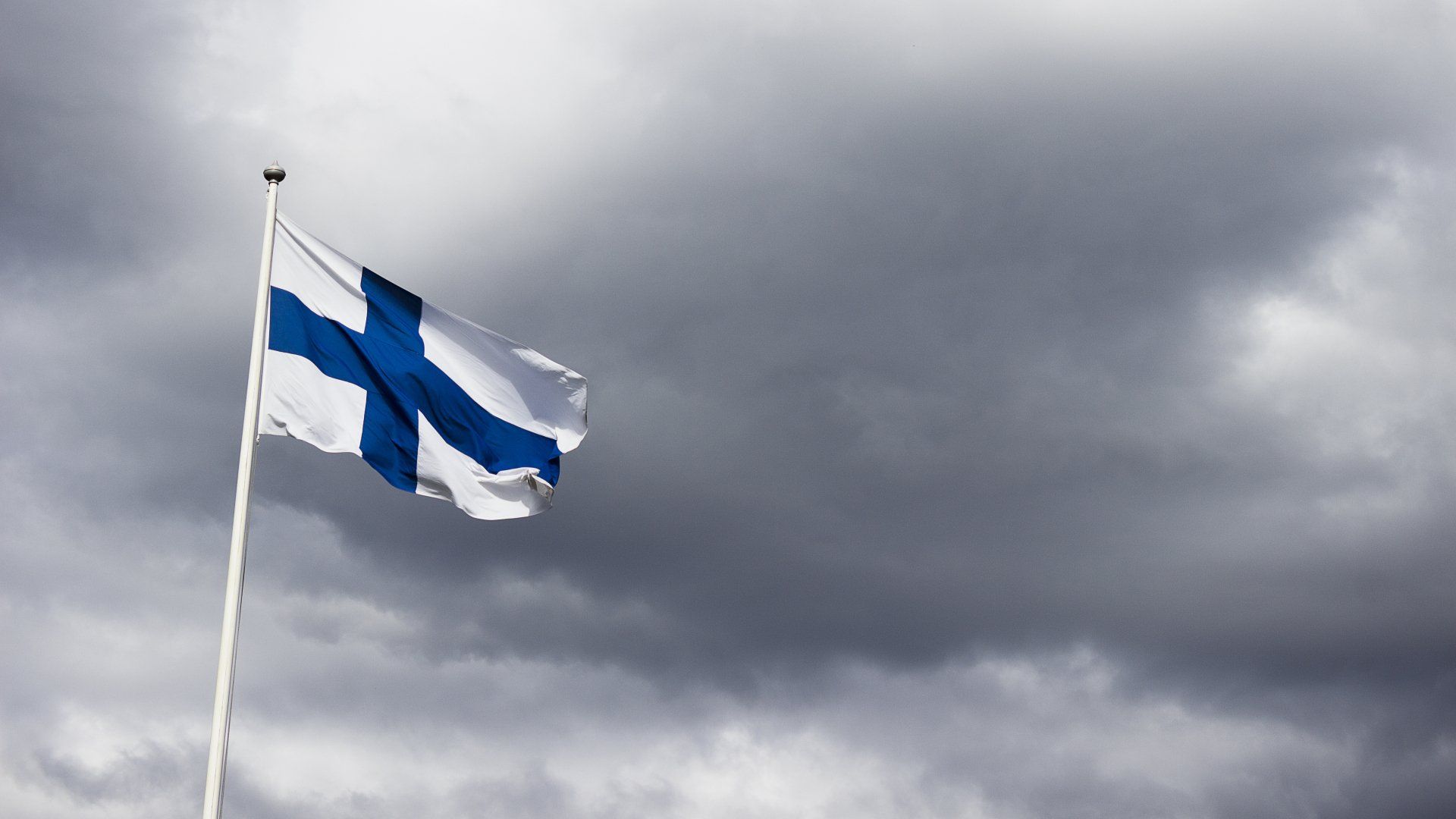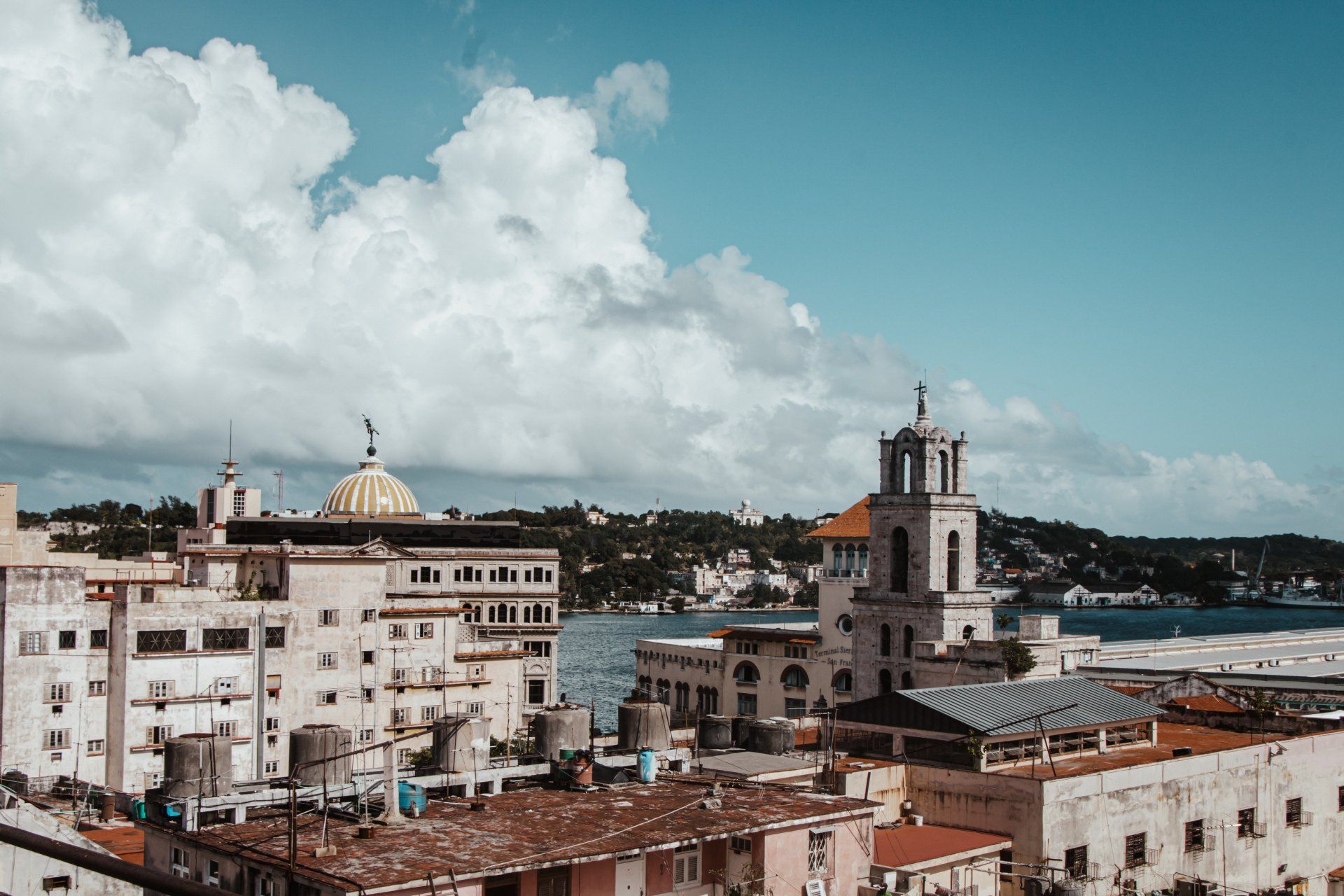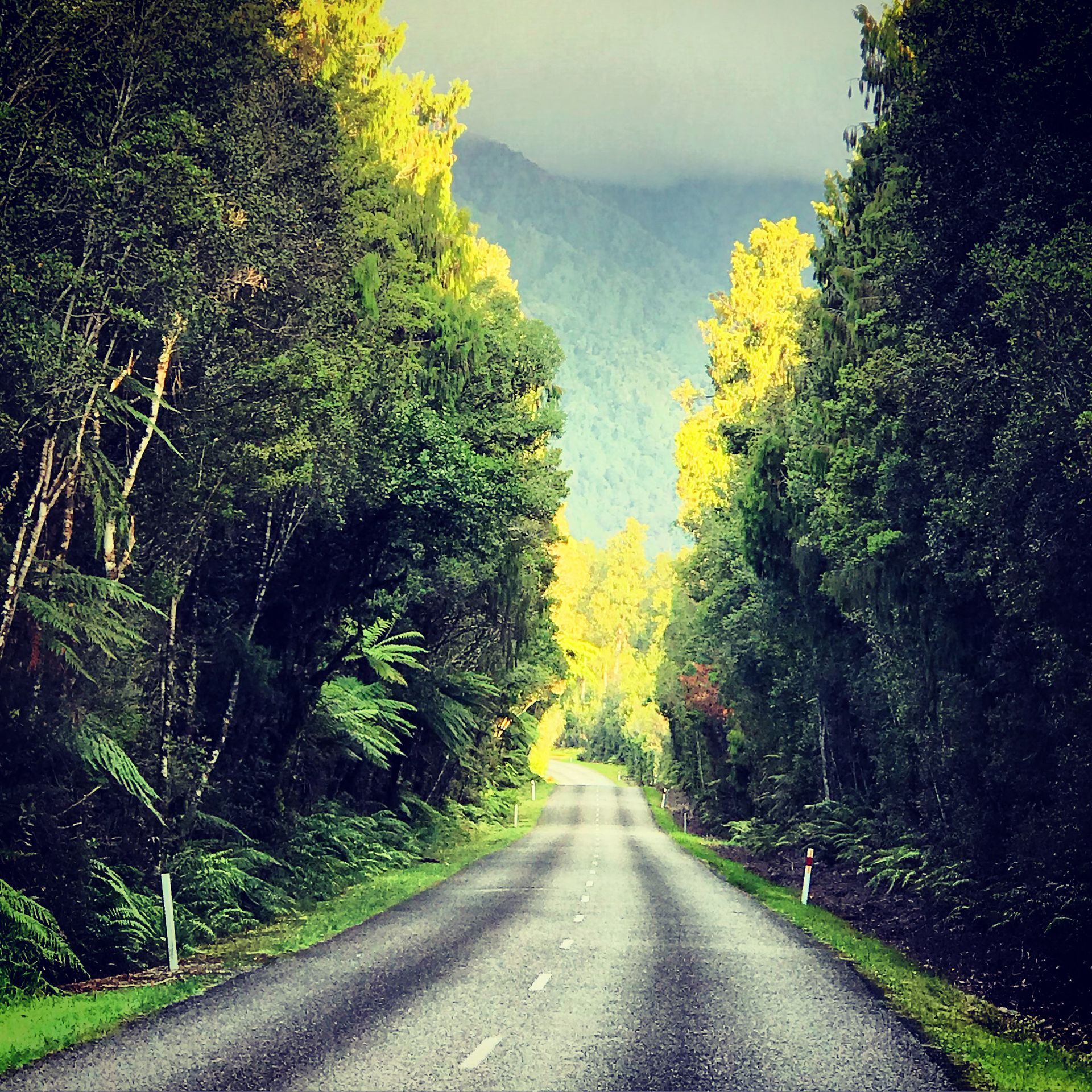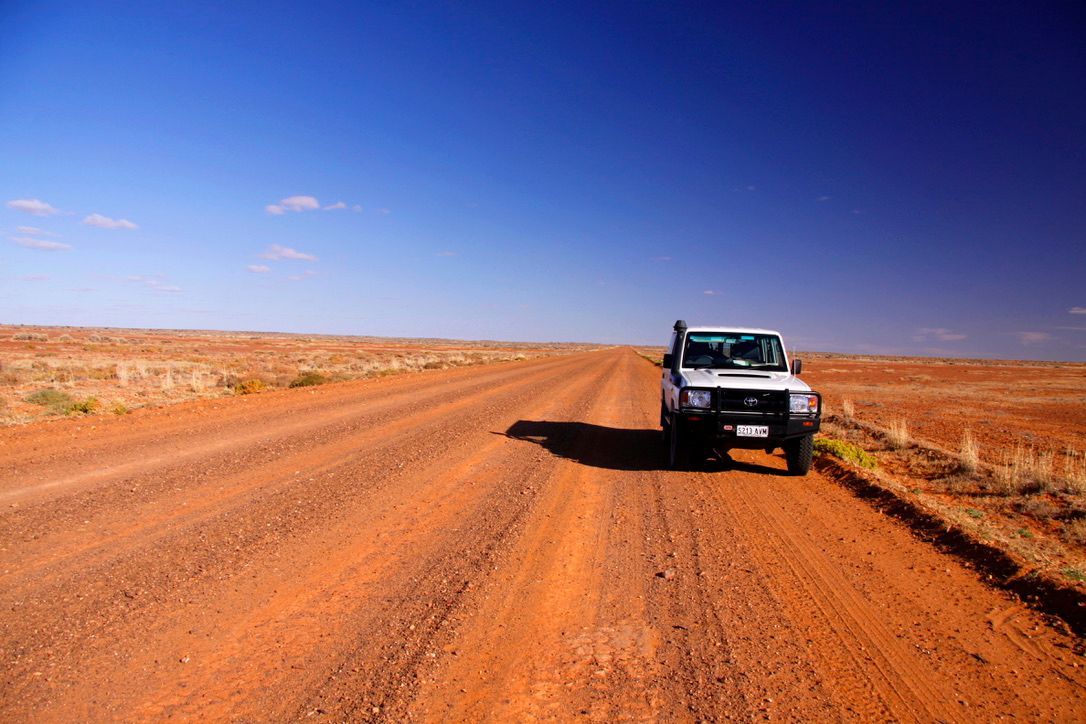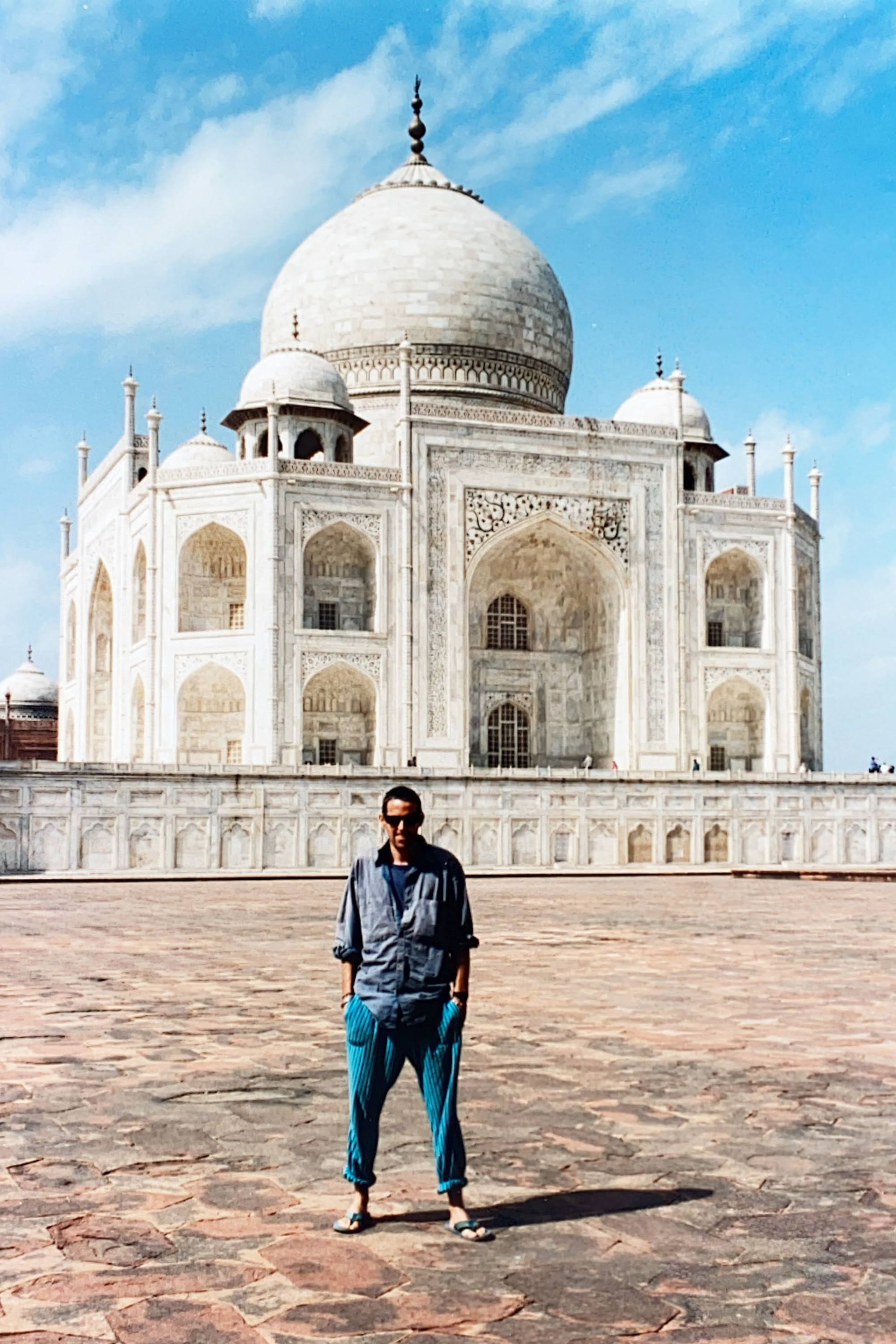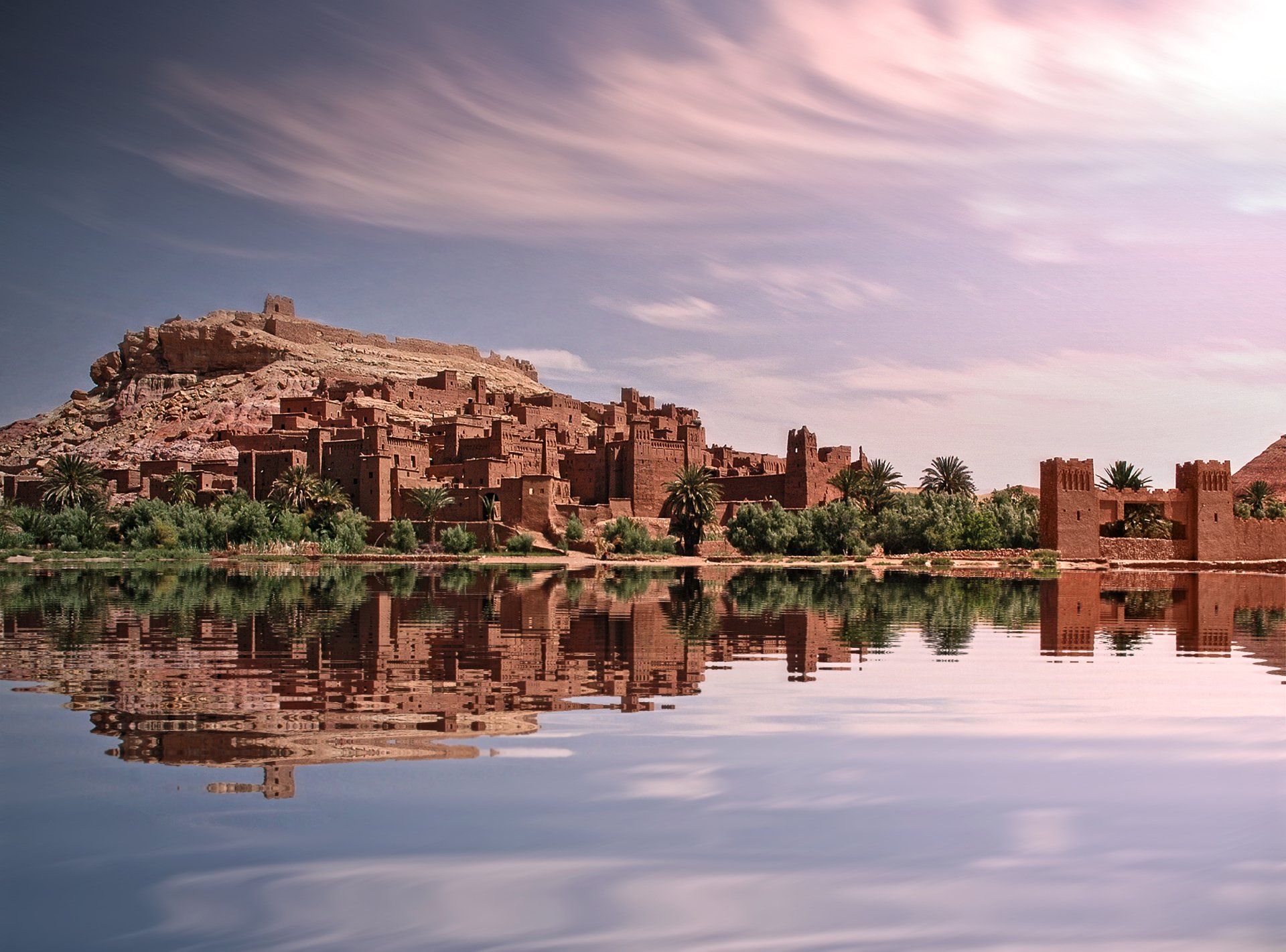Seven islands on the high side of the bay as you’re looking west…
– Gordon Lightfoot
Dusk on the Arabian Sea. As the sun dips behind the distant skyline of the Deccan Traps, a warm breeze ripples the bay where the sea touches Mumbai. The ferry leaves its stone pier beside the Gateway of India, built to commemorate the arrival of George V and the Empress Queen Mary in 1911 and cuts its way out onto the darkening waters. Oil rigs and tramp steamers lie moored in the sunset light. Seabirds wheel and swoop alongside the ferry’s superstructure. The fare to Alibag, an hour away on the farther shore, the Indian shore, is 25 Rupees.
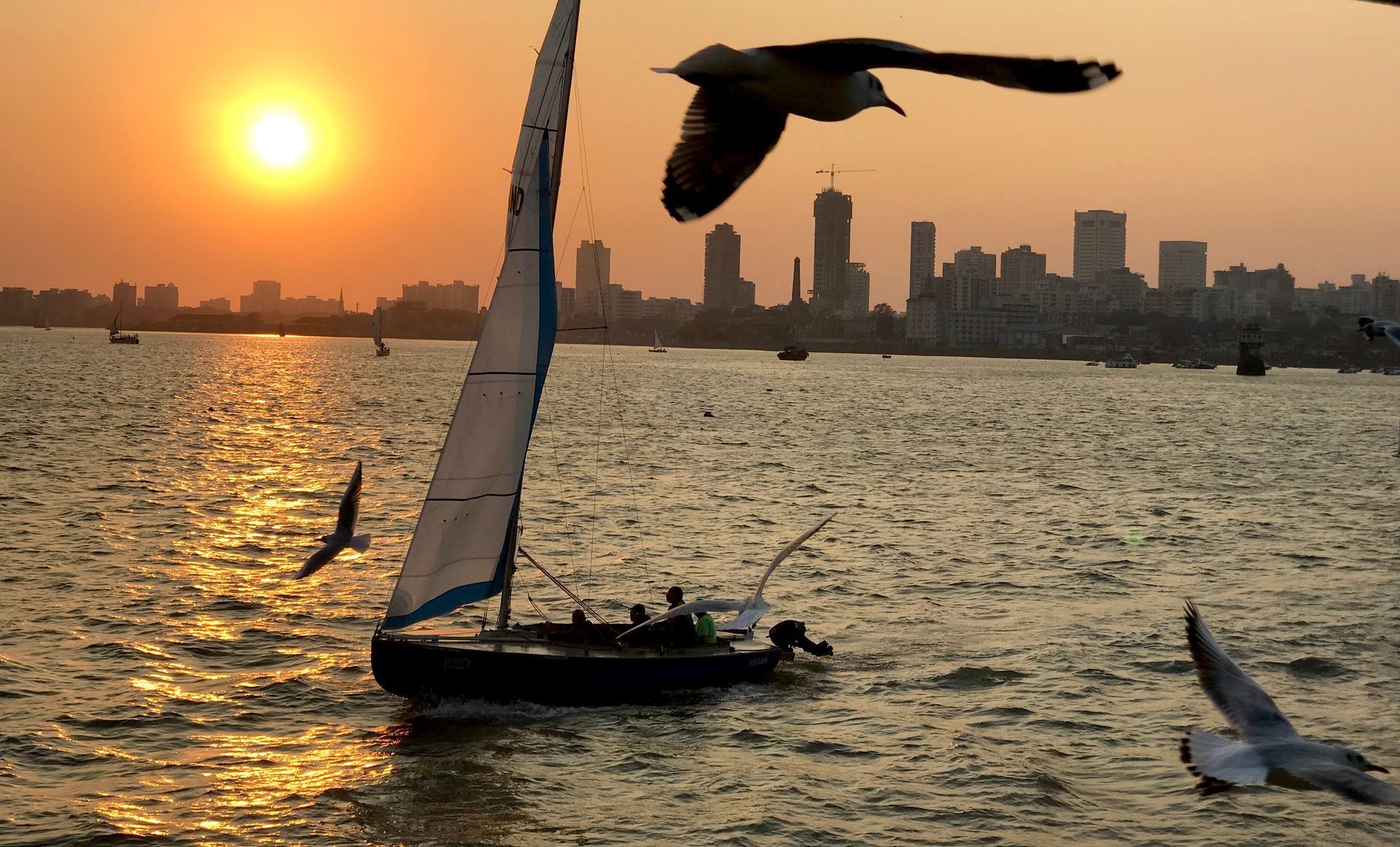
The modern city of Mumbai comprises what was, originally, seven separate islands: Colaba, Old Woman’s Island, Mahim, Mazagaan, Parel, Worli and the Isle of Bombay. The island’s first inhabitants were the Koli people, who migrated from Gujarat sometime in prehistory. The islands were incorporated into the Mauryan Empire under the Emperor Ashoka in the 3rd century BC. Ashoka encouraged the islands to become a centre of Buddhist culture and they remained so until they came under the suzerainty of the Moghul Empire in the 14th century. The Gujarat Sultanate took over control in the 15th century and they, in turn were succeeded by the Portuguese, who acquired the islands as part of the Treaty of Bassein in 1535.
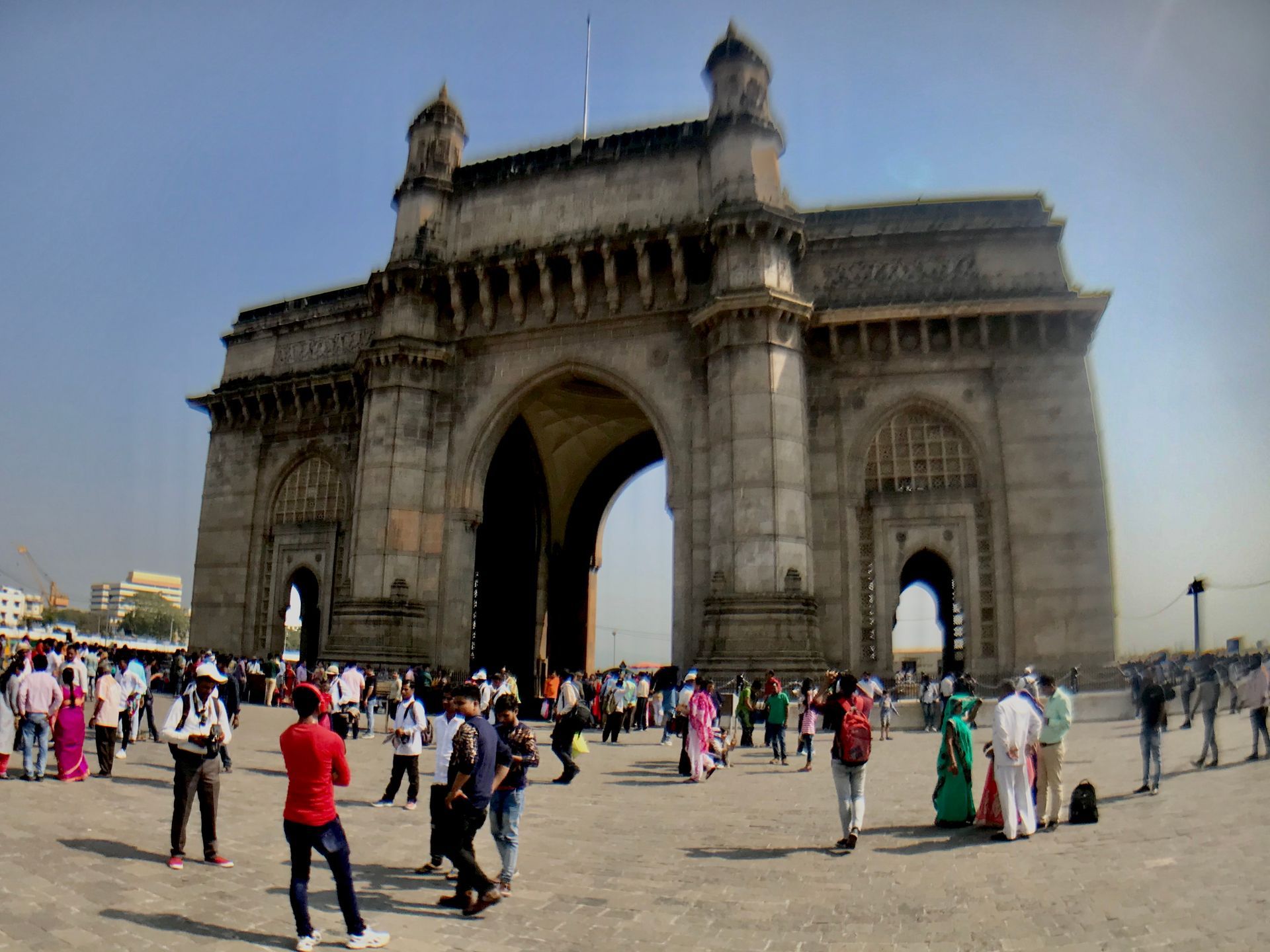
By then, European powers were exerting an increased amount of control in the subcontinent. The British entered the picture in 1661 when the islands were ceded to them as part of the dowry of Catherine of Braganza when she married Charles II. Strapped for cash, Charles rented the islands to the East India Company in 1668 for the sum of £10 per annum. By 1845, the islands had been merged by land reclamation into one landmass.
For several decades, Mumbai – or Bombay, as the British called it – was the hub of the East India Company’s operations in India. Following the Indian Mutiny of 1857, control of the subcontinent was wrested from the increasingly inept and dangerous East India Company and India became the “jewel in the crown” of the British Empire and the heady days of The Raj, celebrated in novels and songs, began.
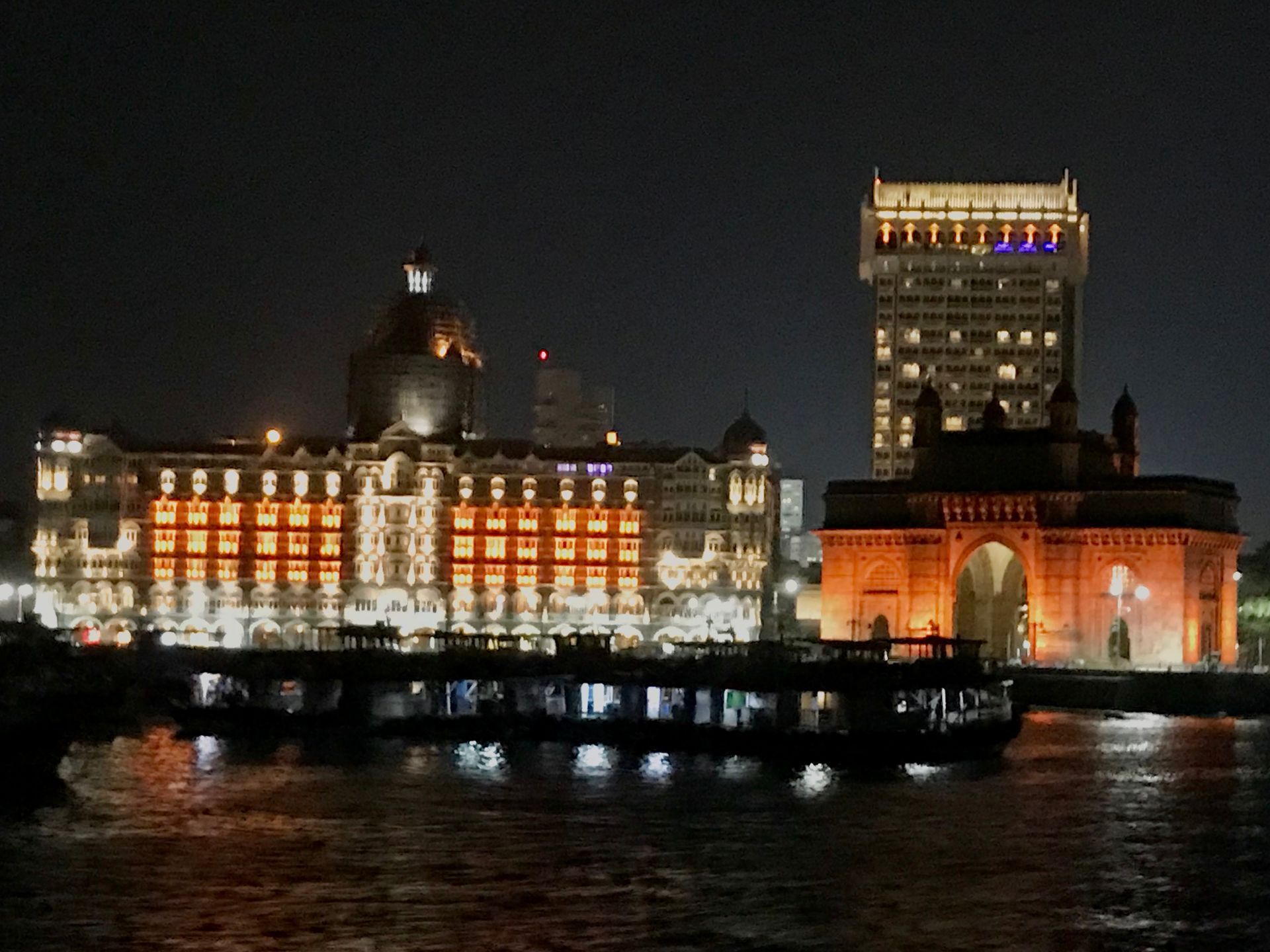
But nothing in India lasts forever. The endless cycle of death and rebirth are a natural part of life and, as the Buddah said, everything must pass. By the time King George and his wife arrived to inspect their Indian dominion, the glory days of the Empire were past. The grand sandstone arch of the Gateway of India would not be completed until 1924. A cardboard model was all that was there for the King and his missus to see in 1909.
Everything must pass. Even empires. The ferry motors east into the night. The lights of Mumbai fade astern.

